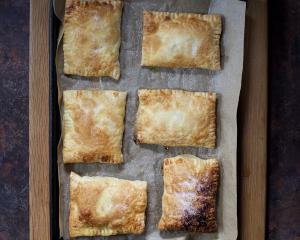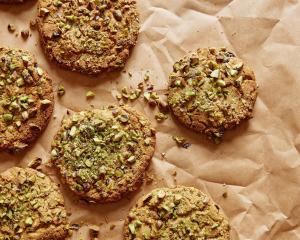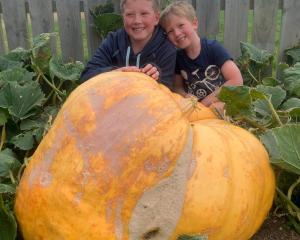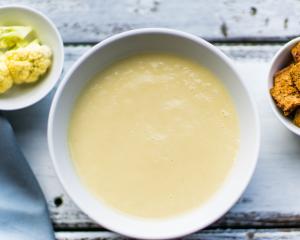The Australian foodwriter's essays on the bistronomy movement and recipes from 30 of the world's leading chefs, including New Zealander Dan Pearson, explain what bistronomy is about.
It's about serious food that does not take itself too seriously.
It's about local food direct from the farmers or foraged nearby, using humble as well as expensive ingredients, but it is not necessarily about simple food as the recipes indicate.
The chefs can spherify, foam and gel with the best and their food is creative and edgy but is affordable.
The menus are often set or limited and the restaurants small and unadorned, often in places undergoing urban renewal, and may even be temporary pop-ups.
This new generation of chefs are culinary artists, the author says, but eschew the celebrity chef and signature dish ethos as well as the hushed, plush temple of gastronomy.
The recipes are not ones most of us would cook at home: Shaun Kelly's veal tongue with pea ice from Paris, American Ari Taymor's halibut confit with fermented corn, or Australian Luke Burgess' black trevally roe, sea urchin, green almond essence and seablite.
A fascinating book about a new wave of cuisine led by young chefs that we can see happening here and there in New Zealand.
Rena Patten's latest cookbook Superfoods: 7 essential ingredients for living well (New Holland) focuses on some unusual ones as well as some well-known - broccoli, kale, quinoa, amaranth, chia, seaweed and raw cacao.
Raw cacao, in the form of unroasted beans (nibs) or powder, is said to have more nutrients than the roasted and processed form found in chocolate, which includes other things such as sugar.
Patten uses them in mole-type sauces for meat, baking and drinks as you might use cocoa.
The recipes are straightforward, often simple and usually healthy, as you would expect.
There are salads such as broccoli, beetroot and feta with a horseradish dressing, or kale, chickpea and carrot with a simple vinaigrette, many soups such as chicken shiitake and seaweed soup, or coconut and vegetable soup with amaranth, chia desserts and so on.
A useful book with attractive photographs but spoiled by the lack of a good index.
There are backgrounds and histories: did you know that for about 9000 years peas were eaten dried and it was only around 1600 that the wealthy indulged in fresh peas?
The nightshade family includes tomatoes, potatoes, capsicums and chillies, cape gooseberries and tomatillos that all originated in the Americas, and eggplants.
These were developed in west Asia and spread east and west from there in many different shapes and colours.
Many of the older varieties are described.
It is an Australian publication so not all the varieties may be available.
These days it is often for the flavour and texture or the health and probiotic benefits sought, rather than the preservative qualities.
Fermentation for Beginners (Drakes Press) is a step-by-step guide to fermenting food.
The recipes fall into sections: vegetables and fruit, dairy, beans such as tofu, tempeh and miso, sourdough breads and biscuits, meats and fish, vinegars and cider, beer or wine.
An interesting book for those who like to experiment.











